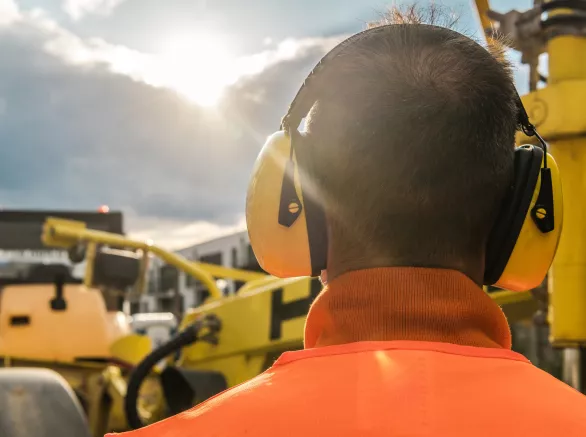Comprehensive landslide investigations
Landslides and slope instability are complex phenomena that include the failure of natural ground and engineered slopes alike. Landslides can cause considerable destruction from earth movement, including earth flows, earth slumps, rockfalls, and other types of slope failures. They can be fast moving and catastrophic like mud and debris flows in wildfire burn areas or more subtle, yet equally disruptive, as slow-moving slope creep. They can also be wet or dry, small or large, and shallow or deep, as well as reactivated or brand new. In every case, they can be triggered by a variety of mechanisms — rainstorms, landscape irrigation, broken pipelines, grading, inadequate surface drainage, erosion, earthquakes, or other natural phenomena and human activities. Determining the causes of landslides and slope failures is paramount in preventing further damage, as well as assessing future risk.
Exponent's experienced geologists and engineers use many tools for the investigation of slope failures and landslide hazards. Key elements in an investigation depend on site characteristics and client priorities; they may include emergency response, assessment of damage to structures and infrastructure, installation of monitoring instrumentation, determining the slide's cause, remote sensing, geotechnical laboratory testing, and many more analyses.
Causes and symptoms of landslide and slope damage
Landslides and slope failures threaten buildings, roads, bridges, dams, pipelines, and human and environmental life. Slope movements do not need to be large to be destructive. Slope creep or small, early-stage landslide movements can cause substantial structural damage to critical facilities such as dams and pipelines, potentially resulting in major economic damage and loss of life. Conversely, earth movements initially suspected to be caused by landslides may be the result of other processes such as fill settlement, heave of expansive soil or bedrock, or hydrocompaction of collapsible soil upon wetting.
Erosion is one mechanism that can destabilize slopes and damage structures. Erosion is movement of individual grains, rather than masses, of soil by water or wind. Cumulatively, this persistent grain-by-grain movement can also cause significant damage. Rapid coastal erosion during a period of high surf or a hurricane storm surge can undermine buildings, roads, and other coastal facilities. River scour is riverbed erosion that typically occurs during periods of high-flow, deepening river channels. This process can uncover bridge pier foundations and buried pipelines, or undermine levee slopes, risking potential failure. Erosion can also occur underground, creating linear cavities by a process known as "piping" in which soil particles are carried away by seeping ground water. This threat is a concern in the siting, design, construction, and failure analysis of dams and levees.
services
For 50+ years, we’ve thrived on solving unstructured problems that require bespoke solutions. Some of our services include:
• Emergency response and evaluation of imminent hazards to persons and structures
• Assessment of damage to structures and infrastructure
• Evaluation of the boundaries of an unstable area
• Establishment of a history of previous ground movement, and modeling of movement initiation and travel paths
• Determination of the cause of slope failures and relative contributions of multiple factors, including but not limited to, leaking utility lines, past grading, nearby construction, and rainfall
• Installation and monitoring of instrumentation for measuring ground movement and groundwater conditions
• Geotechnical laboratory testing for measuring rock and soil engineering properties
• Analysis of the stability and safety of existing natural or artificial slopes
• Assessment of various slope stabilization options, and development of conceptual repair recommendations
• Third-party review of geologic and geotechnical investigations ("soil investigations"), as well as repair recommendations prepared by others
• Landslide hazard management planning and risk assessments for various utilities and infrastructure
• Assessment of the cause of landslide, slope failure, or erosion causation
Our Capabilities Are Unparalleled
With expertise in over 90 disciplines and hundreds of capabilities, tools, and methodologies — we get to the root of even the most complex challenges and give you the objective answers you need.
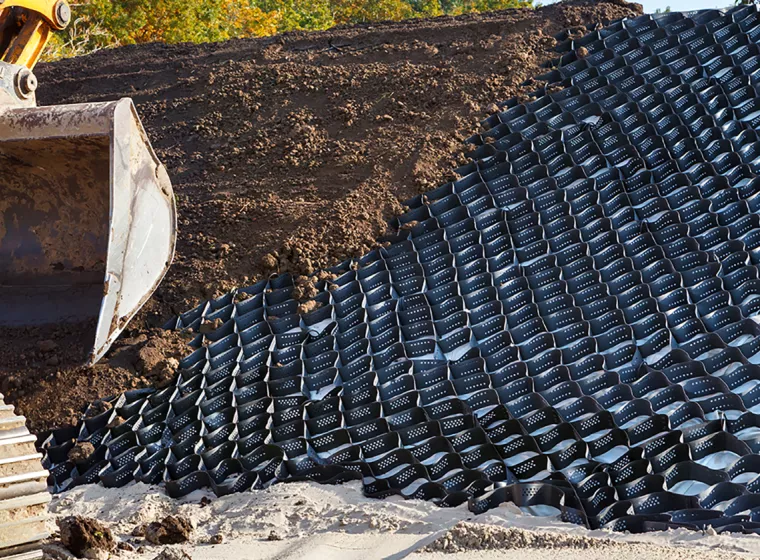
Earth Structures
Decades of experience addressing the multitude of complex challenges that can arise when earth and engineering meet.
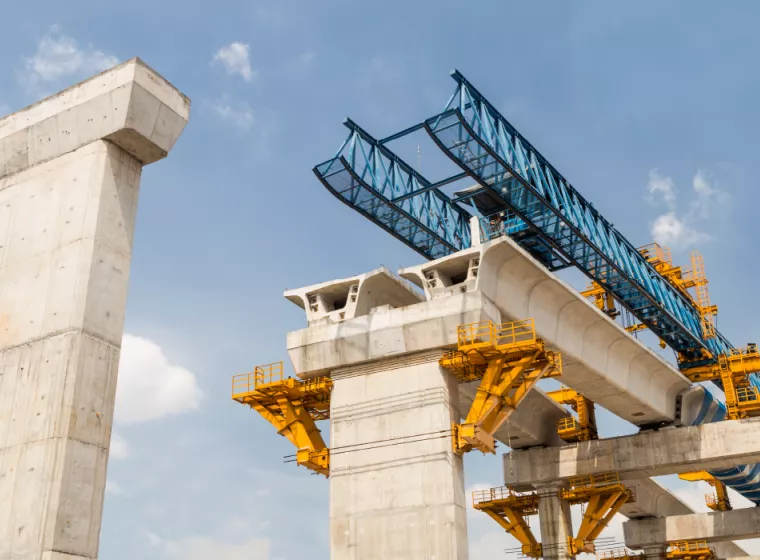
Design & Construction Consulting
Extensive civil engineering expertise to empower decision-making and help reduce design and construction risks and failures.
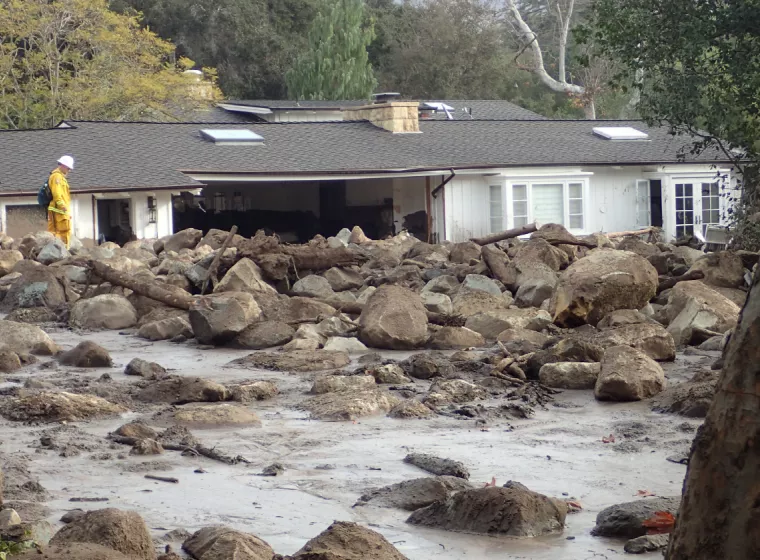
External Hazards: Risk Assessment & Mitigation
Accurate assessment, mitigation, and remediation support for external hazards and natural disasters.
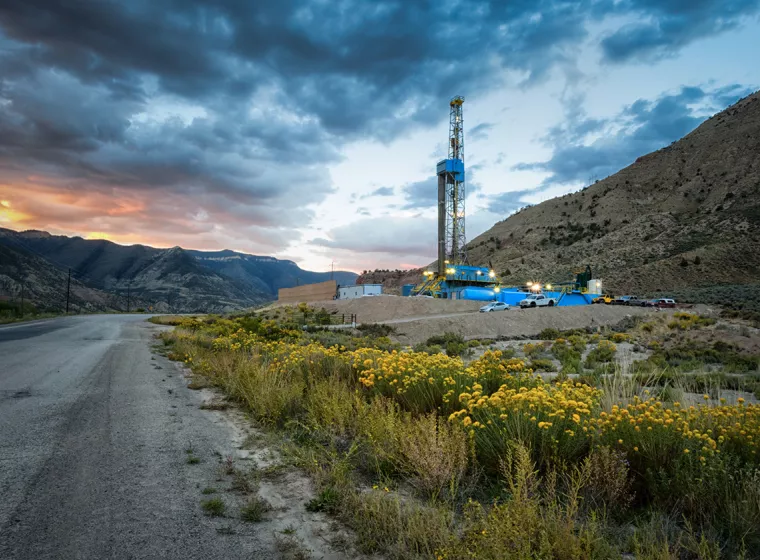
Mining & Forestry
Scientific and engineering expertise to help achieve safe, reliable, sustainable production.

Remote Sensing Analysis
Improve site understanding with remote sensing and geospatial analytics, including GIS.
Experts
Our global and comprehensive expertise across industries gives us a deep understanding of current challenges, best industry practices, and the implications of emerging technologies.



Senior Managing Engineer



Insights
